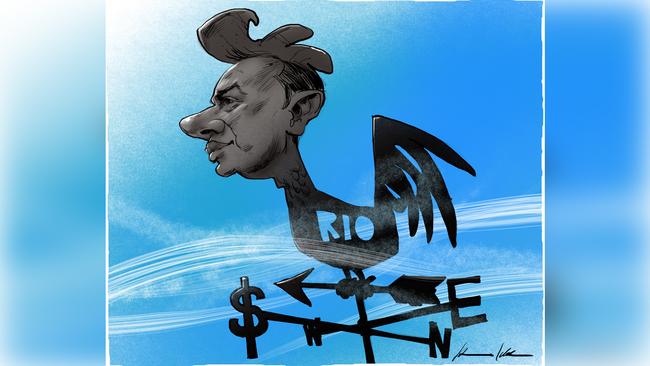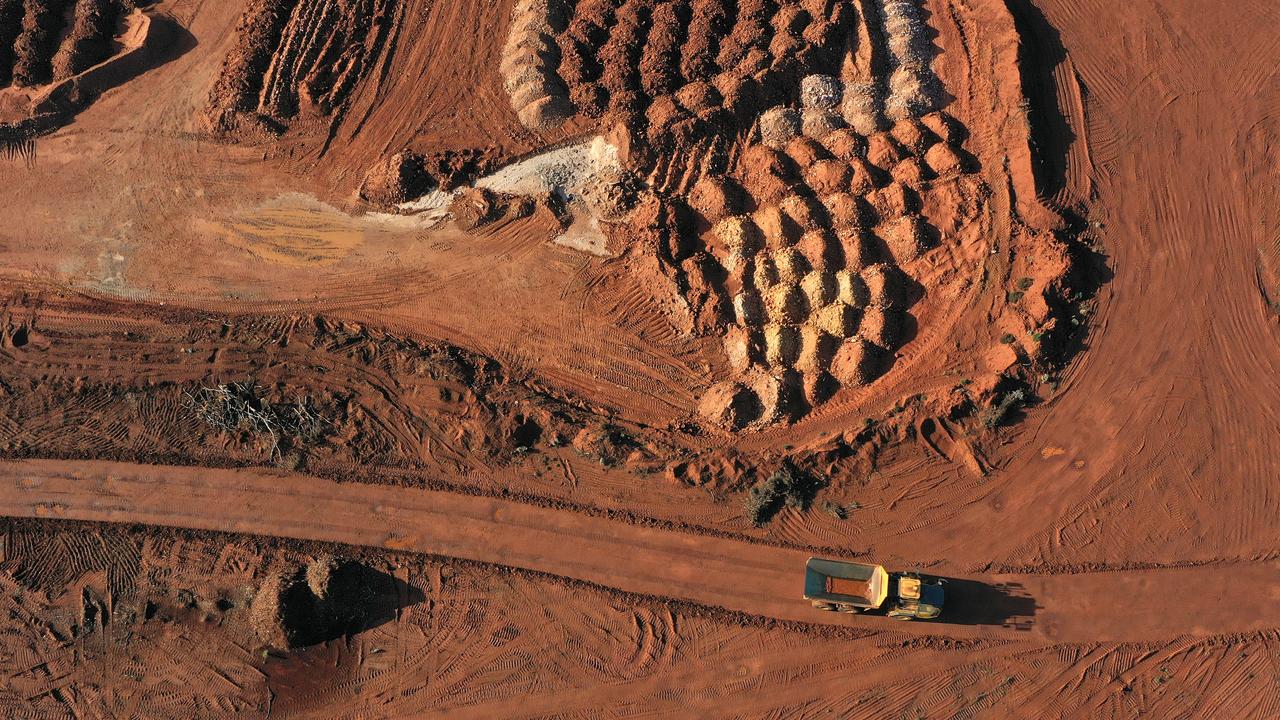
At the outset it should be said that at least the ALP has a climate policy, whereas the government has a competition policy aimed at delivering cheaper and more reliable energy.
There is a difference.
The timing of yesterday’s ALP release sent conspiracy theories flying depending on what side of the fence you sit.
If you are against the ALP you saw the release of its climate policy the day before the budget targeted to minimise debate on the issues so it could avoid scrutiny.
The government, of course, was hoping for clear air to let its pre-election budget do all the talking, so the last thing it wanted was anything that might interfere.
That’s what the climate policy release did either cynically or smartly, depending again on which side of the fence you sit, but clearly the details will be lost in the debate of the budget.
This helps the ALP because while it came up with some details, more are needed.
Energy Minister Angus Taylor was unequivocal in saying the ALP policy would cost 360,000 jobs and add $9000 in costs to each and every consumer. That is based on his assumption of the 45 per cent renewable target.
Taylor says his policy aims to cut emission by 26 per cent, which works out at 338 million tonnes of carbon.
The ALP policy wants to remove 1.3 billion tonnes of carbon and Taylor argues that is not going to happen without causing real damage to the economy.
He has a point, but the unknown from what the ALP released was which sectors would be exempt and, of course, each company exempt means the hit on the rest will be harder.
If you are going to cut emissions by 45 per cent by 2030 then you have to hit someone and right now households, small business, big business and trucks are exempt.
When Greg Hunt was environment minister in 2010 he introduced a safeguards policy that was a quasi-exemptions policy because a baseline was set above which you had to either cut or get carbon credits.
If you set the limits high, then no one has to do anything.
The ALP said it would expand that and give it some teeth, actually imposing discipline on business while also opening international credit trades. This is again questionable because just how the international provider is policed is anyone’s guess.
The ALP is also restoring the standing of the Climate Authority and, of course, to restore the National Energy Guarantee, which was abandoned by former prime minister Malcolm Turnbull.
Taylor for one sees no need for the NEG because its two key aims — reliability and an emissions reduction timetable — are already being implemented by the government.
The original policy had wide backing from industry and the states, in part because it provided some flexibility around the emissions reduction target.
Then again, an open-ended policy to allow more regulation has never been a central plank in Liberal policy.
Further, a policy that maintains scope for change is by definition counter to a desire to provide business certainty.
The government has introduced key elements of the ACCC blueprint for price reductions by, among other means, introducing a default price to stop the big three electricity companies charging higher prices.
The aim is to increase transparency around retail prices, which is clearly a good thing and the electricity companies have brought this change on themselves through past behaviour.
The ACCC was keen to increase competition by underwriting debt on new projects with a strict provision that it not extend into equity.
Just how the government policy translates remains to be seen.
It has also tightened rules around contract bidding, which provides more discipline around big energy behaviour.
The new funds for the Snowy, the government argues, provides storage back-up at one-tenth the cost of batteries.
The ALP has drawn its line in the sand based around an actual climate policy, which is arguably an advance on what the government has on offer. That centres on more competition for the big energy companies and transparency for consumers, and also more discipline to improve reliability.
Big W headaches
Woolworths boss Brad Banducci is still looking for the formula to make money from his “family-friendly” Big W supermarkets.
The stores are selling more items with same-store growth of 6 per cent last quarter, but lousy supply-chain management and high costs will result in an earnings loss of $90 million this year, marginally better than last year’s $110m loss.
The retailer will shut 30 stores and take a $270m hit to earnings and a $110m impairment charge.
The good news is better sales and, in particular, stronger online sales.
Big W’s sales of about $3.5 billion a year are a relative minnow compared with group revenues including poker machines of more than $61bn.
While Banducci is working through those issues, the retailer came in with some shareholder-friendly action by buying back $1.7bn in stock, which will be 2 per cent earnings-accretive.
This assumes a reduction of about 4.5 per cent in the number of shares on issue.
The money was recouped from the EG petrol station sales and the move is a marked changed from the old Woolworths strategy, which would be to keep some of the gain to itself.
One big step forward and one little step back, but the market liked the news with the stock price up 2.2 per cent to the highest levels since July last year of $31.08.
Rio’s iron will
The good news for Josh Frydenberg is that iron ore prices look set to stay strong this year, with Australian production levels at or near peak levels.
This was confirmed with yesterday’s news from Rio Tinto that the miner would lose 14 million tonnes from the ravages of Cyclone Veronica, and output this year was likely to be around year-ago levels of 338 million tonnes.
Rio chief Jean-Sebastien Jacques has talked about value against volume and in February said the output this year would range from 338 million to 350 million tonnes.
Yesterday’s announcement means it will be closer to the 338 million tonnes shipped last year.
Spot iron ore prices, at around $US86 a tonne, are well off the lows of below $US50 and close to forecasts of about $US100.
This suits the government just fine because, other things being equal, it means miner profits will be higher and so will tax revenues.
Shaw and Partners analyst Peter O’Connor said Australian output, which accounts for 60 per cent of world output, was relatively inelastic, which meant in the wake of Vale’s dam disaster, prices will stay buoyant. In reality, based on Rio’s news, output will not only not increase, it will go backwards.




The reality is cutting carbon emissions will hurt the economy, it’s just a question of how much, which was where debate settled yesterday on the release of the ALP climate policy.